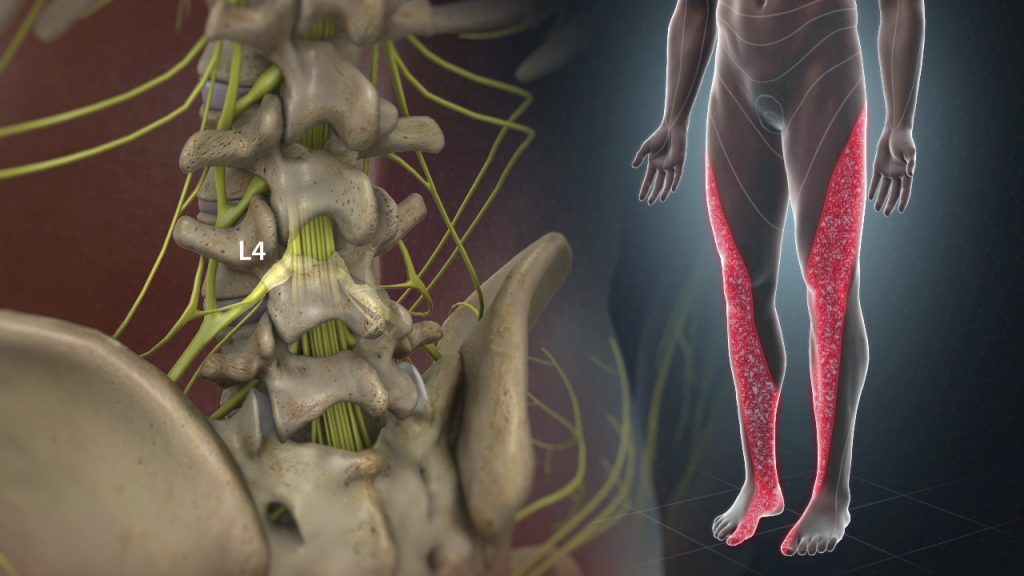This content was medically reviewed by Baher S. Yanni, MD, on February 1st, 2021.
When you struggle with severe sciatic nerve pain, a regular exercise routine may seem like an impossible goal. Exercise is an essential part of a healthy lifestyle, even for those with sciatica. While you may need to modify your exercise habits, here are some tips that can get you up and keep you moving.
What Is Sciatica?
Sciatica is not a condition, but rather a symptom. Sciatica is a generic term that refers to inflammation of the sciatic nerve. Sciatic pain radiates from the lower back, down your backside and into your leg, usually impacting one side of your body. The most common causes of sciatica are herniated disks or bone spurs which press on the sciatic nerve, causing irritation and inflammation.
When you experience a sciatic pain flare-up, the last thing you probably want to do is move, let alone exercise. However, after a bit of rest, exercise is the best way to relieve sciatic pain for many reasons. Exercise can:
- Improve the health of your muscles and joints.
- Nourish your spinal discs, reducing pressure on your sciatic nerve roots.
- Keep your muscles and spinal structures strong so they can support your back.
When you exercise every day, you’ll find your sciatic symptoms improving, and you may experience fewer flare-ups in the future.
Tips for Exercising With Sciatica
If you’re concerned about aggravating your sciatica symptoms with overexertion, here are some tips for incorporating a healthy exercise regimen with sciatica.
1. Apply Heat Beforehand
When you apply heat for about 15 to 20 minutes before your workout, you may be able to effectively ward off sciatic pain before it begins. Heat therapy improves your blood flow, ensuring your lower back receives the healing nutrients it needs. It also relieves muscle stiffness and increases overall flexibility so that your lower back has an optimal range of motion. Take a hot shower or apply a heating pad before heading to the gym.
2. Start Nice and Easy
Don’t overexert yourself, especially if you’re new to exercising. Start with as little as five to ten minutes each day. Then, slowly work your way up to a lengthier exercise routine.
3. Opt for Low Impact Workouts
Instead of jogging or mountain biking, opt for low impact options. Start with simple sciatica exercises you can do at home. At the gym, you can use the elliptical machine or a stationary bike. You can also walk around your neighborhood or join a water therapy class. High impact exercises can jar your spine and potentially worsen your sciatic pain.
4. Pay Special Attention to Your Form
Proper form means you are doing the same thing in the correct way each time. Pay attention to your body when exercising and follow the steps correctly, using proper posture to avoid aggravating your injury. While a moderate amount of soreness is normal for beginners, be mindful if you are experiencing severe pain.
5. Treat Soreness After Your Workout
If you do experience any post-workout soreness, use an ice pack after you exercise to reduce inflammation and decrease discomfort.
Contact Spine INA About Severe Back Pain
Sciatic pain can resolve on its own. However, if you’re experiencing severe back pain that’s impacting your quality of life, then it’s time to contact the experts at Spine INA. Our team of medical professional wants to provide you with an individualized treatment plan to address your sciatic pain. Contact us today to learn more.









